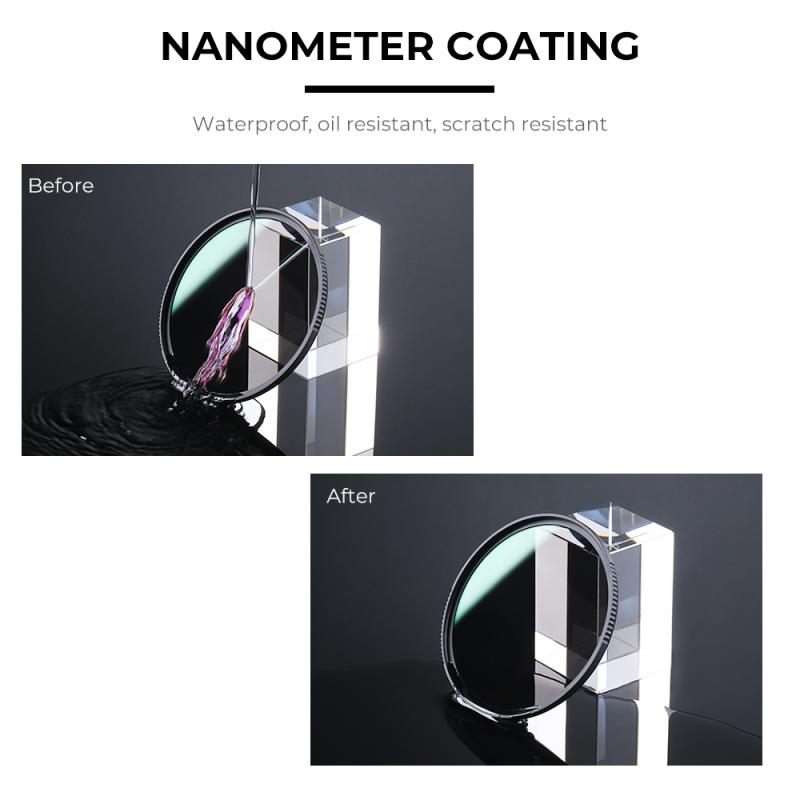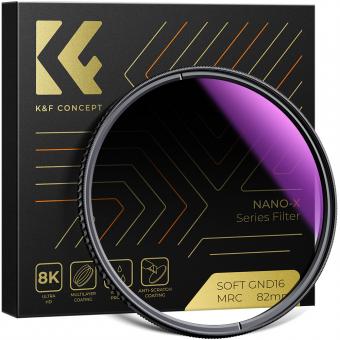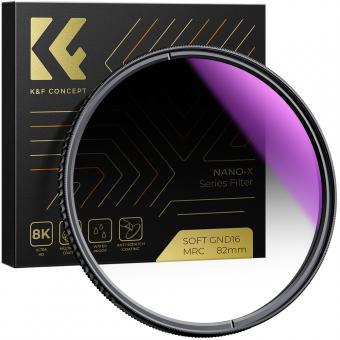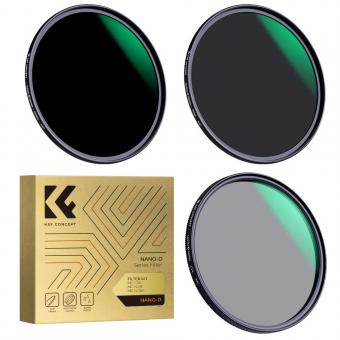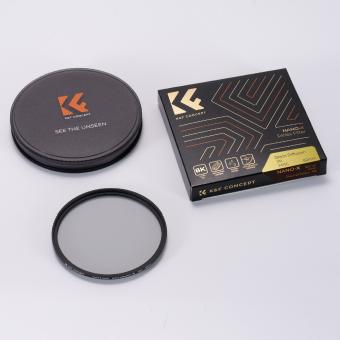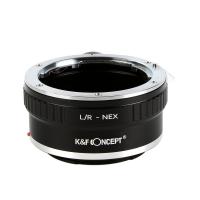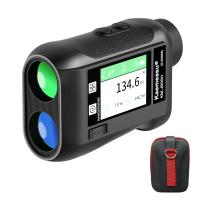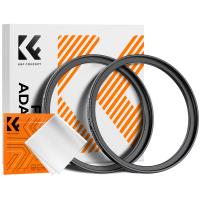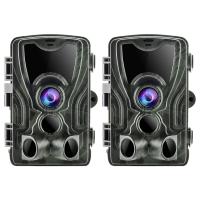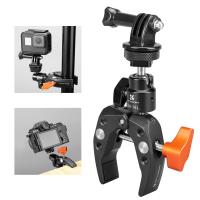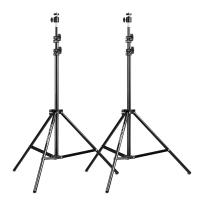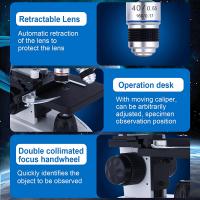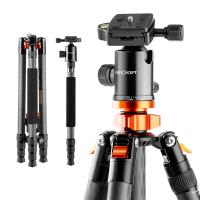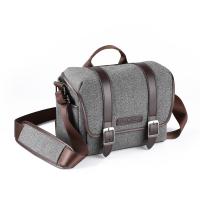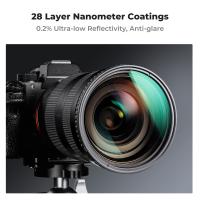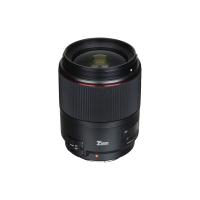Why Do I Need A Neutral Density Filter ?
A neutral density filter is used in photography to reduce the amount of light entering the camera without affecting the color or tone of the image. It is particularly useful in situations where there is too much light, such as when shooting in bright daylight or when trying to achieve a longer exposure time. By using a neutral density filter, you can achieve a wider aperture, slower shutter speed, or both, which allows for creative effects like motion blur or shallow depth of field. Additionally, it can help to balance the exposure in high contrast scenes, preventing overexposure in certain areas.
1、 Reducing Light Intensity for Long Exposure Photography
A neutral density (ND) filter is an essential tool for photographers who want to achieve long exposure effects in their images. The primary purpose of an ND filter is to reduce the intensity of light entering the camera without affecting the color or quality of the image. This reduction in light allows for longer exposure times, resulting in unique and creative effects that cannot be achieved with a regular camera setup.
One of the main reasons why photographers use ND filters is to capture motion blur in their images. By using longer exposure times, moving subjects such as waterfalls, rivers, or clouds can appear smooth and ethereal, creating a sense of motion and adding a dynamic element to the photograph. This technique is particularly popular in landscape and architectural photography, where the goal is to convey a sense of tranquility or drama.
Additionally, ND filters are also useful in situations where there is too much light, such as during bright daylight or when shooting with wide apertures. By reducing the amount of light entering the camera, ND filters allow photographers to use slower shutter speeds or wider apertures, resulting in better control over depth of field and exposure settings.
In recent years, the popularity of ND filters has increased due to the rise of long exposure photography on social media platforms. Many photographers are now experimenting with different ND filter strengths and techniques to create unique and eye-catching images. The ability to capture the passage of time in a single frame has become a sought-after skill, and ND filters are an essential tool in achieving this effect.
In conclusion, a neutral density filter is necessary for photographers who want to explore the creative possibilities of long exposure photography. By reducing light intensity, ND filters allow for longer exposure times, resulting in stunning images that capture motion and create a sense of tranquility or drama. With the growing popularity of long exposure photography, ND filters have become an indispensable tool for photographers looking to push the boundaries of their creativity.
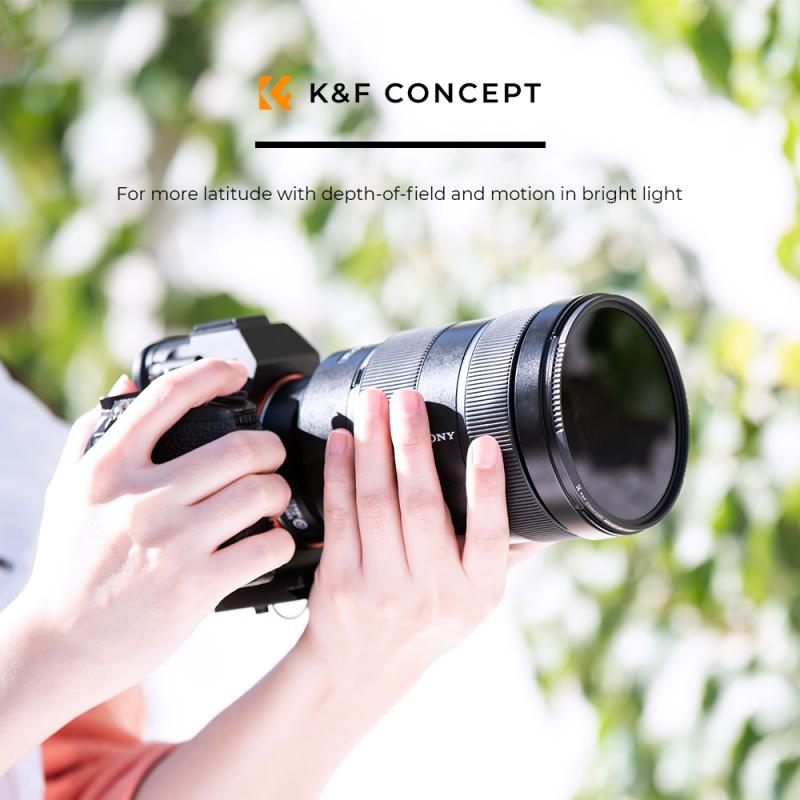
2、 Balancing Exposure in Bright Lighting Conditions
A neutral density (ND) filter is an essential tool for photographers and videographers when it comes to balancing exposure in bright lighting conditions. The primary purpose of an ND filter is to reduce the amount of light entering the camera without affecting the color or quality of the image. This allows for greater control over the exposure settings, resulting in more balanced and well-exposed photographs or videos.
In bright lighting conditions, such as on a sunny day or in a well-lit outdoor environment, the amount of light can be overwhelming for the camera sensor. This can lead to overexposed images with blown-out highlights and loss of detail. By using an ND filter, photographers can effectively reduce the amount of light entering the camera, allowing for longer exposure times or wider apertures without overexposing the image.
One of the key advantages of using an ND filter is the ability to achieve creative effects. By using longer exposure times, photographers can capture motion blur in moving subjects, such as flowing water or moving clouds, creating a sense of movement and adding a dynamic element to the image. Additionally, ND filters can be used to achieve a shallow depth of field in bright lighting conditions, allowing for a more pronounced subject isolation and bokeh effect.
Furthermore, ND filters are particularly useful in videography, where maintaining a consistent shutter speed is crucial for smooth and natural-looking footage. By reducing the amount of light entering the camera, ND filters enable videographers to use wider apertures or slower shutter speeds, resulting in a more cinematic look and feel.
In conclusion, a neutral density filter is an indispensable tool for photographers and videographers, allowing for better exposure control in bright lighting conditions. Whether it is for balancing exposure, achieving creative effects, or maintaining consistent shutter speeds, an ND filter provides the flexibility and control needed to capture stunning images and videos in challenging lighting situations.
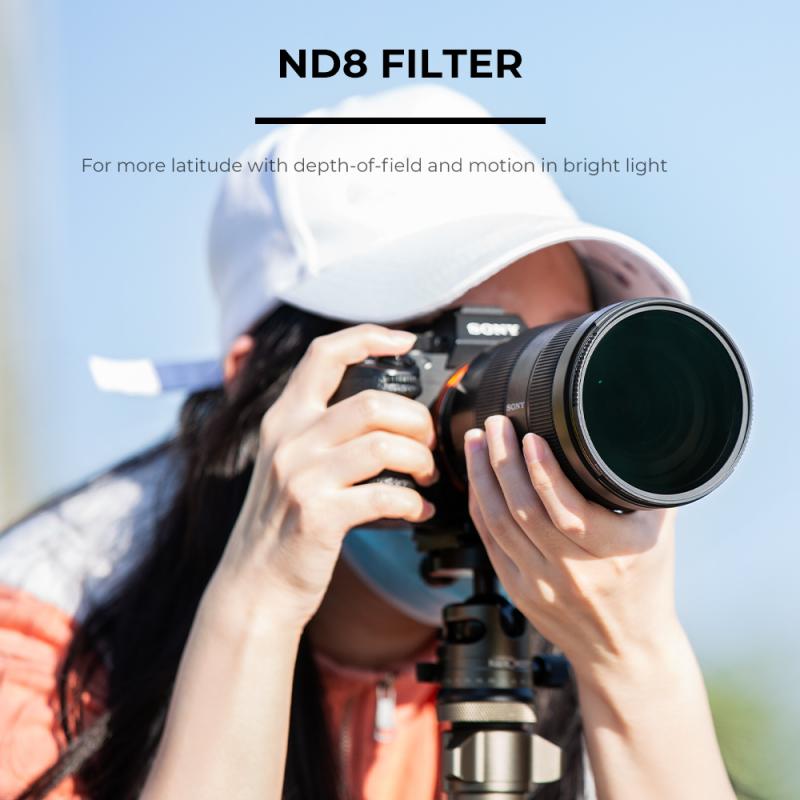
3、 Achieving Motion Blur Effects in Photography
A neutral density (ND) filter is an essential tool for achieving motion blur effects in photography. It allows photographers to control the amount of light entering the camera without affecting the color or tone of the image. By reducing the amount of light, ND filters enable longer exposure times, which in turn create motion blur effects.
Motion blur is a technique used to convey a sense of movement in a still photograph. It can be particularly effective in capturing flowing water, moving clouds, or any subject that exhibits motion. By using an ND filter, photographers can extend the exposure time, allowing the camera to capture the movement over a longer period. This results in a smooth and blurred effect, emphasizing the dynamic nature of the subject.
The latest point of view on the use of ND filters for motion blur effects is that they offer photographers greater creative control and flexibility. With advancements in filter technology, ND filters are now available in various strengths, allowing photographers to choose the level of light reduction that suits their specific needs. This versatility enables photographers to experiment with different shutter speeds and exposure times, resulting in unique and captivating images.
Furthermore, ND filters are particularly useful in situations where the available light is too bright for longer exposures. For example, in bright daylight, it may be challenging to achieve a slow shutter speed without overexposing the image. By using an ND filter, photographers can reduce the amount of light entering the camera, allowing for longer exposures even in bright conditions.
In conclusion, a neutral density filter is essential for achieving motion blur effects in photography. It provides photographers with the ability to control light and exposure times, resulting in captivating images that convey a sense of movement. With the latest advancements in filter technology, ND filters offer photographers greater creative control and flexibility, making them an indispensable tool in the pursuit of stunning motion blur photography.
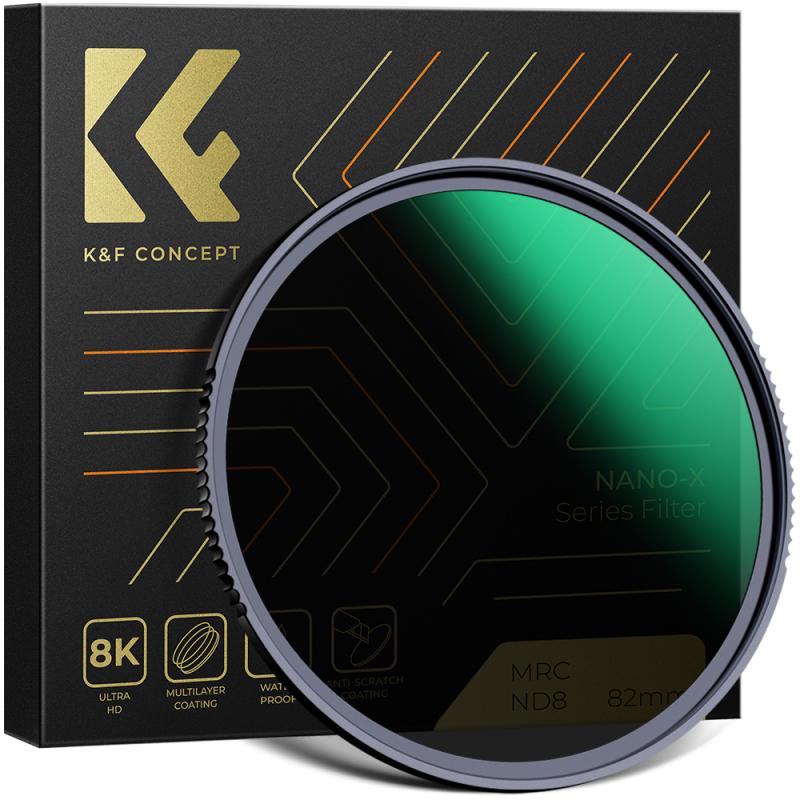
4、 Preserving Highlight and Shadow Detail in High Contrast Scenes
A neutral density (ND) filter is an essential tool for photographers and videographers, particularly when shooting in high contrast scenes. One of the primary reasons for using an ND filter is to preserve highlight and shadow detail in such situations.
In high contrast scenes, there is a significant difference in brightness between the brightest and darkest areas of the frame. This can pose a challenge as the camera's sensor may struggle to capture detail in both the highlights and shadows simultaneously. Without an ND filter, the highlights may become overexposed, resulting in blown-out areas with no detail, while the shadows may appear underexposed, lacking any discernible information.
By using an ND filter, you can reduce the amount of light entering the camera without affecting the color balance. This allows you to achieve a more balanced exposure, preserving detail in both the highlights and shadows. The ND filter essentially acts as sunglasses for your camera, reducing the intensity of light reaching the sensor.
Furthermore, an ND filter enables you to use wider apertures or slower shutter speeds in bright conditions. This can be particularly useful when shooting in situations where you want to achieve a shallow depth of field or capture motion blur. Without an ND filter, you would be limited to smaller apertures or faster shutter speeds, which may not be ideal for creative purposes.
From a contemporary perspective, the use of ND filters has become even more relevant with the rise of HDR (High Dynamic Range) photography and videography. HDR techniques involve capturing multiple exposures of the same scene and blending them together to create a final image or video with a wider dynamic range. By using an ND filter, you can capture the necessary bracketed exposures without overexposing the highlights or underexposing the shadows.
In conclusion, a neutral density filter is crucial for preserving highlight and shadow detail in high contrast scenes. It allows for a more balanced exposure, prevents overexposure of highlights, and underexposure of shadows. With the increasing popularity of HDR techniques, the importance of ND filters has only grown, making them an indispensable tool for photographers and videographers.
